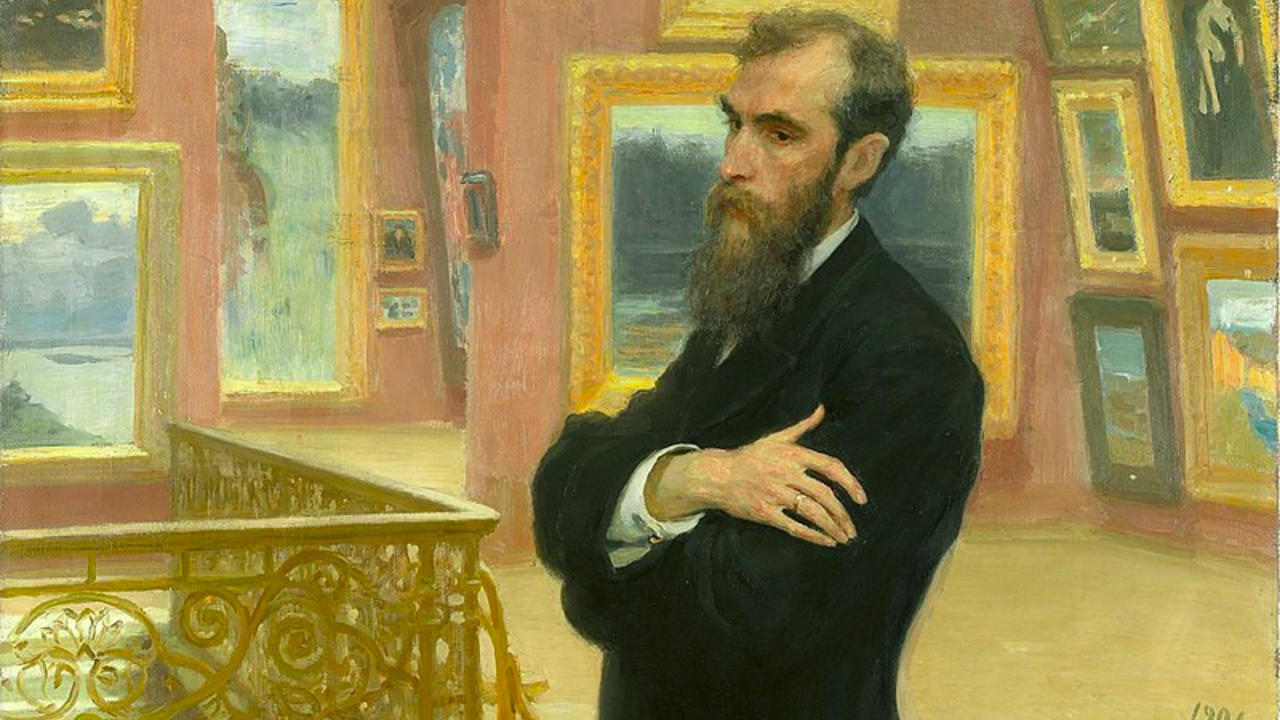The Worth Of Your Art
Jun 22, 2020
Value can be a tricky concept. How can we put a price on intangible things—like our own time, for instance? Between 1999 and 2000, I hit a wall, professionally speaking. I was working low on the totem pole at a gallery, despite having more experience than the owners themselves; indeed, it was my experience that led them to want to hire me. I needed to have a better sense of my own worth in the marketplace.
In much the same way, artists need to take responsibility for their careers. They can do this by valuing themselves, literally—by putting an appropriate price on what they make, and defining its worth to the wider world.
But if art is a passion—if it enables you to do what you love—then shouldn’t you be open to giving it away? Doesn’t putting a price tag on it demean its value, actually?
Ignore that voice in your head that wants you to undervalue yourself for simply following your dreams. Indeed, the act of confidently pricing your artwork can be a radical gesture, one that transforms a painting or sculpture from “something in your studio” to “something that others could, and should, value.”
Next comes the nuts-and-bolts questions: What actual figure do you put on your masterpiece? There’s no one-size-fits-all answer here, unfortunately, and no handy app that can instantly calculate a number for you.
Should an artwork be priced according to the labor behind it, the number of days and weeks that went into its making? Should it reflect the material costs, or the physical size of the piece? (In Europe, I’ve found that it’s not uncommon for artists to think that way, literally establishing a “price per centimeter” for a typical painting.)
Personally, I feel that context is key, in two senses: Where do you fit within the broader field of your peers? And what market are you operating in? The latter consideration is crucial, and results can vary wildly. For instance, if you walk into a typical gallery in New York’s posh Chelsea district, you’ll likely find that prices start at around $25,000, regardless of how established the artist in question may be. In my native Philadelphia, that entry point might be $10,000. If you visit galleries in Cleveland, or Austin, or Palm Springs, you’ll likely find that each city has its own distinct market economy, with its own relative price points.
One rule of thumb I like to offer is that it’s best not to overvalue your work too early, since it’s difficult to walk back prices once they’ve been set at a certain level. If you’ve had a successful run of sales, consider a modest price increase—say, 10%—for your next body of work. I’m often curious when artists tell me they’ve “completely sold out their studios.” To me, that suggests that either they’re an in-demand genius...or that they’re not charging enough for their work, offering bargains for no good reason. Raising your prices is a central part of your growth.
The goal is to enter a money mindset, which does not have to influence or harm your creative spontaneity and passion in the studio. They’re two sides of the same coin, so to speak. It can also help to take a deep dive into your own ingrained attitudes toward money. Where do they come from, and how are they hindering you? Think back on your childhood, and how your parents treated and talked about their finances. How have those early experiences shaped your own thinking, and how might that be holding yourself back?
In my book, I spotlight the career of the immensely talented artist Ryan McGinness. Raised by hippy parents in California, McGinness came up in the West Coast’s vibrant skate-and-surf culture. He’s managed to balance creative freedom with a sharp money mindset. “Every work of art you make is a share of stock in your career,” he offers. Thinking of your art as a commodity doesn’t demean it; instead, it increases its worth. Or as McGinness says: “Art is priceless. No price will ever be too high.”




